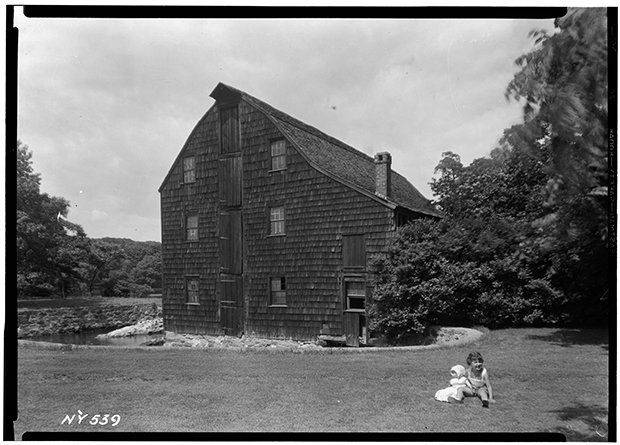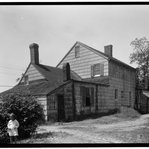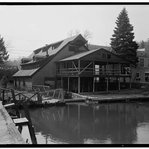When you think of the suburbs, naturally you think of rows and rows of single family homes. Less densely populated - and with many fewer 7Elevens - Long Island’s colonial settlers built their homes here never knowing the explosion in construction that would happen centuries later making traffic on the Long Island Expressway move at the pace of a horse and buggy ride.
Most of the photos below come from the Historic American Buildings Survey (HABS), a program of the National Park Service established for the purpose of documenting historic places. Records consist of measured drawings, archival photographs, and written reports.
Below we present some of Nassau County’s historic places and a little bit of their history.
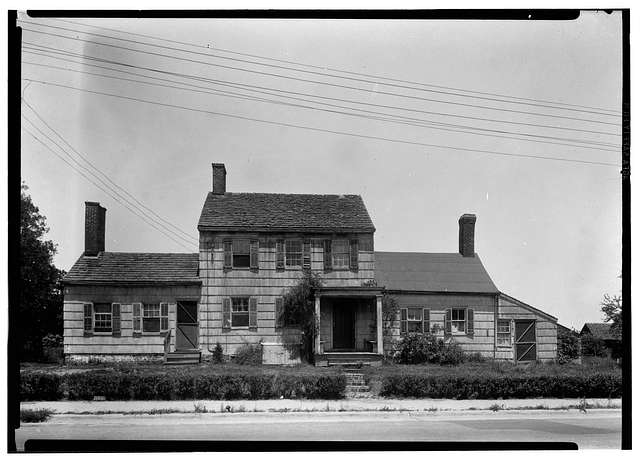
Photo: No known restrictions on images made by the U.S. Government. Historic American Buildings Survey.
The Verity family were well-known duck decoy carvers on Long Island. The Long Island Museum of American Art, History & Carriages in Stony Brook has over two dozen Verity decoys in its collection. Newsday said that the Verity clan is “first family of decoys based on numbers and consistently high quality over four generations.” This picture shows the Stephen Verity Homestead on Montauk Highway & Washington Avenue in Seaford, Nassau County, NY.
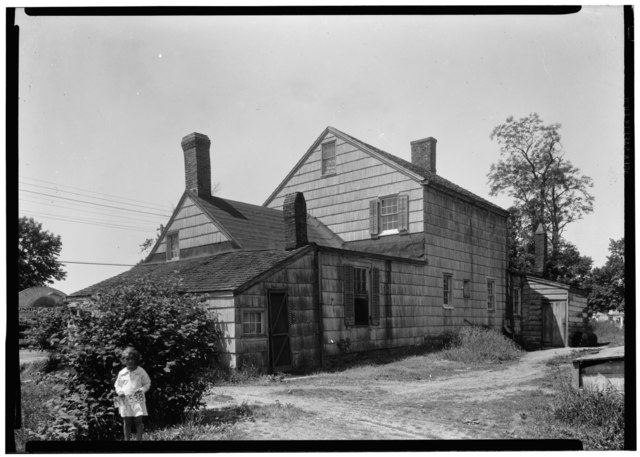
Photo: No known restrictions on images made by the U.S. Government. Historic American Buildings Survey. E. P. McFarland, Photographer.
Another view of the Stephen Verity Homestead, Montauk Highway and Washington Avenue, Seaford, Nassau County, NY. July 1936.
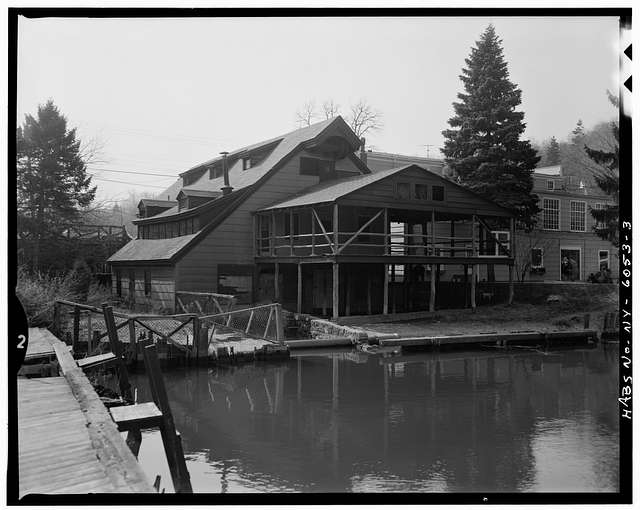
Photo: No known restrictions on images made by the U.S. Government. Historic American Buildings Survey.
From the Preservation Long Island website: A rare surviving early-18th-century industrial building, featuring unique Dutch framing methods. Owned by Nassau County, the Roslyn Grist Mill has stood vacant and deteriorating since the 1970s. Listed on the National Register of Historic Places in 1986, community members and local preservation groups have struggled to restore the structure for over a decade. A restoration project is now underway.
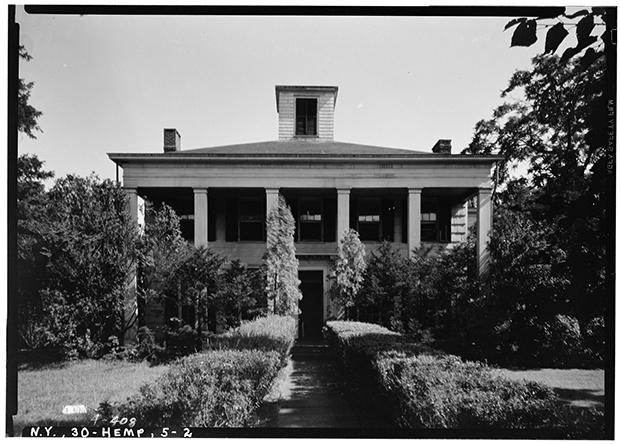
Photo: No known restrictions on images made by the U.S. Government. Historic American Buildings Survey.
Carman-Irish House, 160 Marvin Avenue, Hempstead, Nassau County, NY.
From the Town of Hempstead website: Known as American Legion Post #390 for the past six decades, this Federal-style building -- with hip roof and "Widow's Walk" cupola located on the corner of Greenwich Street and Marvin Avenue in Hempstead Village -- has eighteenth century, and possibly earlier, roots. The home retains evidence of early post and beam construction components in both its basement and attic. It is said to have been built by a Mr. Nelson around 1700. Mr. Nelson was reportedly a close friend of William Penn, who is believed to have spent some time at the home during the early 1700s.
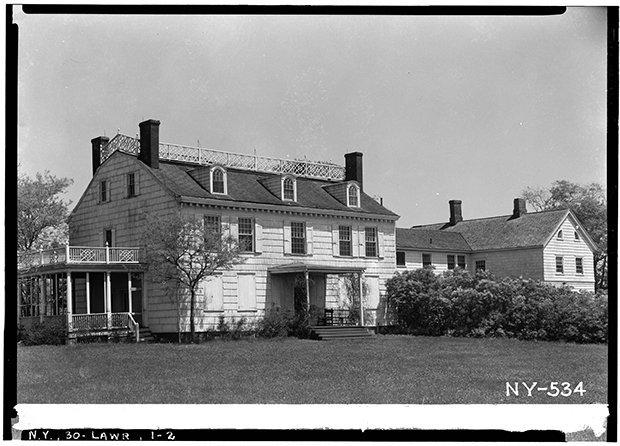
Photo: No known restrictions on images made by the U.S. Government. Historic American Buildings Survey.
Rock Hall, Broadway, Lawrence, Nassau County. Building/structure date: ca. 1767. From the Rock Hall Museum website: Rock Hall is a fully- furnished Georgian colonial landmark house located on the south shore of Long Island in the Village of Lawrence. It was once the home of Josiah Martin, an English sugar plantation owner who was born and raised on the West Indian island of Antigua. At age 68, in lieu of retiring to the English countryside, Josiah chose this site with its proximity to the ocean and New York Harbor as his final home. While living in New York, Martin managed his Antiguan plantation long- distance, purchased 600 acres and built Rock Hall.
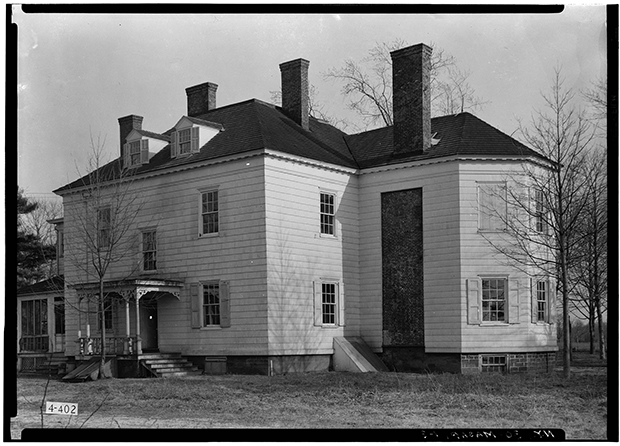
Photo: No known restrictions on images made by the U.S. Government. Historic American Buildings Survey.
Fort Neck (House), Massapequa, Nassau County, NY. Building/structure dates: 1770 Initial Construction. Black and white photograph of Tryon Hall on Merrick Road in Massapequa Park (The building was also known as Fort Neck House).
The Historical Society of the Massapequas provides the following description for the Massapequa Library: "Tryon Hall/Fort Neck House: Built in 1770 by Judge David Jones for his son Judge Thomas Jones. The house was made of solid oak and stood three stories high. During the Revolutionary War, Judge Thomas Jones was a Tory and used his house as a meeting place for Tory Sympathizers. this contributed to Judge Jones being kidnapped by Connecticut Yankees and his being held captive in Middletown Connecticut for about eight months. After the War the house name was changed to Fort Neck House and it was used by the family until about 1900 when it became a road house. The Village of Massapequa Park was attempting to have it renovated as Village Hall as a WPA Project. The house was severely damaged by fire about 1940 and razed. Today a small strip mall that contains Il Classico Restaurant is at this location."
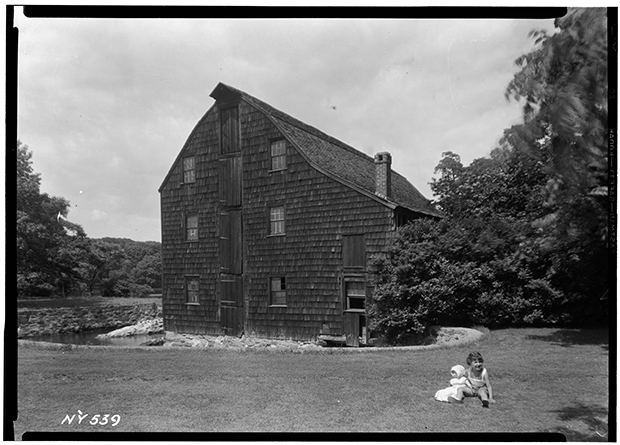
Photo: No known restrictions on images made by the U.S. Government. Historic American Buildings Survey.
Eldridge Mill, Great Neck, Nassau County, NY.
From the Great Neck Historical Society: The Saddle Rock Grist Mill was constructed in the early 1700s. One of the few remaining tidal mills, it was used to grind corn and wheat that was grown on the area farms. We know that it passed from Robert Hubbs to Henry Allen, and then was eventually purchased by the Udall family. Inherited by Louise Udall Skidmore Eldridge, it was given to the Nassau Historical Society upon her death, and then passed to the ownership of Nassau County. The County operated it as a living museum for a time, and many school children were able to see how a grist mill works first hand. The Mill has deteriorated greatly, and is in need of tender loving care and financial aid to get it back on its feet. We are working to influence the County to seek the funding for those repairs.
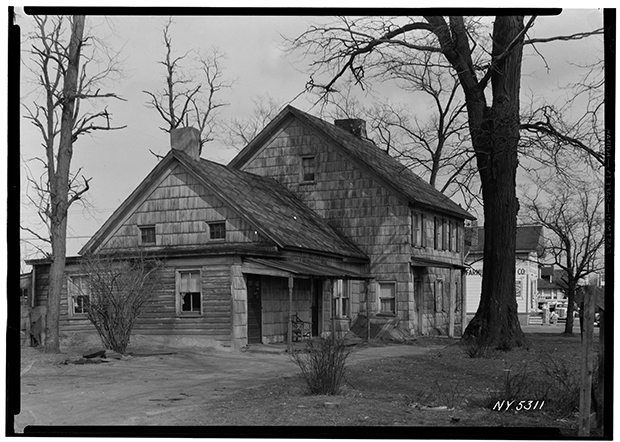
Photo: No known restrictions on images made by the U.S. Government. Historic American Buildings Survey.
Powell House, Farmingdale, Nassau County, NY.
From the Farmingdale Public Library: Farmingdale is an incorporated village on Long Island within the Town of Oyster Bay in Nassau County, New York. The first European settler in the area was Thomas Powell, who arrived in 1687. On October 18, 1695, he purchased a 15-square-mile tract of land from three Native American tribes. This is known as the Bethpage Purchase and includes what is now Farmingdale, as well as Bethpage, Melville, North Massapequa, Old Bethpage, Plainedge, and Plainview. Powell was born in Wales, Great Britain, August, 1641, died at Westbury, Long Island, December 28, 1721.










